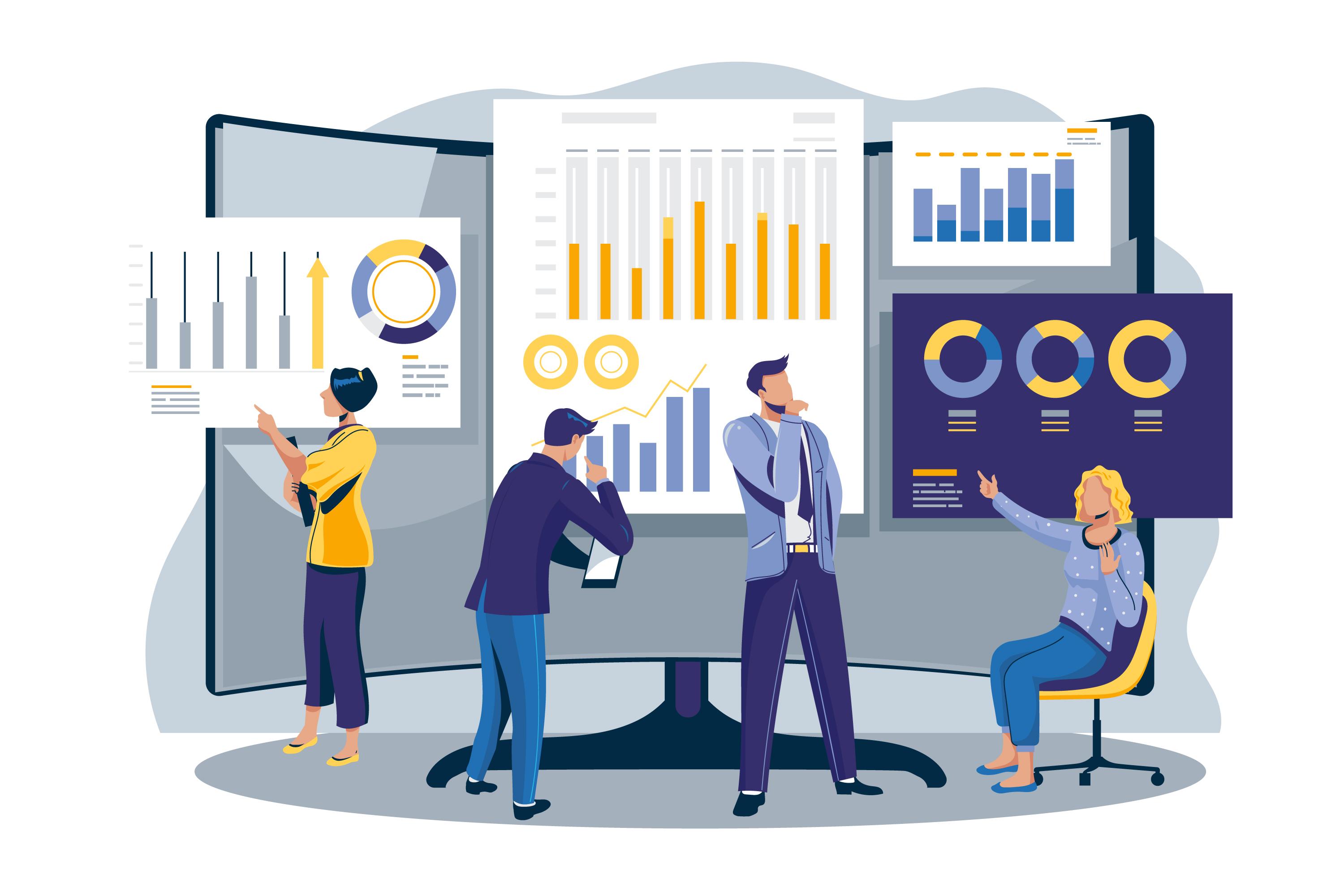
Unveiling the Art of Data Visualization: A Comprehensive Guide for Aspiring Data Analysts and Scientists
The power of visual representation has been recognized for centuries, from ancient wall carvings to modern data visualization techniques. In today's data-driven world, the ability to present complex information in a simple and compelling manner has become a crucial skill for data scientists and analysts.
This article explores some of the most effective yet straightforward data visualization techniques essential for anyone venturing into data analysis and interpretation.
Data Visualization: Simplifying Complexity
The concept of visualizing information has a rich history, tracing back to ancient art forms and evolving into contemporary data visualization practices. Utilizing visual elements to represent complex data sets, data visualization has become an integral part of modern data analysis.
Beyond its aesthetic appeal, data visualization serves a critical purpose by facilitating a deeper understanding of data patterns and trends, thereby aiding informed decision-making processes.
Benefits of Data Visualization:
In the field of data science and analysis, data visualization plays a critical role by offering the following benefits:
- Facilitating the communication of complex results in a simplified and concise manner.
- Assisting data scientists and analysts in shaping future analytical strategies and decision-making processes.
Exploring Key Data Visualization Techniques:
- Bar Charts: A go-to choice for visualizing categorical variables, bar charts provide a comprehensive overview of data. However, labeling is crucial to ensure clarity, and it's advisable to limit the number of variables to prevent clutter and maintain visual coherence. Example: Global representation of daily new COVID-19 cases.
- Pie Charts: An invention of the 19th century, pie charts offer insights into categorical data distribution. Despite their usefulness, caution is necessary due to potential confusion and visual clutter when dealing with a large number of variables. Utilizing the top N variables and grouping the rest can enhance clarity and comprehension. Example: Distribution of COVID-19 cases among different countries.
- Histograms: Providing a detailed portrayal of the frequency distribution of numerical data, histograms enable a comprehensive understanding of data ranges. By segmenting data into distinct bins, histograms reveal key insights into the distribution patterns, making it easier to identify outliers and dominant trends. Example: Analysis of rebates offered by a Thermostat company, showcasing the prevalence of values within the $100 to $120 range, with outliers at $40 and $160.
- Line Plots/Time Series: A fundamental yet potent visualization tool, line plots visually depict correlations between variables, while time series provide insights into temporal data trends. These techniques serve as valuable assets in understanding data relationships and identifying patterns over time.
Conclusion
Mastering the art of data visualization is a crucial skill for aspiring data analysts and scientists. Through the utilization of visual representation, professionals can access valuable insights from intricate data sets, ultimately culminating in well-informed decision-making and strategic analysis. By understanding the nuances of various visualization techniques, one can effectively communicate data-driven insights and drive meaningful change in various industries.
About Rang Technologies
Rang Technologies, based in New Jersey, has dedicated over a decade to delivering innovative staffing solutions and the best talent to assist businesses of all scales unlock the full potential of the latest technologies and build high-performing teams to achieve their digital transformation goals.